Description
Rose Barb (Pethia conchonius) – Comprehensive Overview
The Rose Barb, also known as Pethia conchonius, is a small, lively freshwater fish native to the rivers and streams of Southeast Asia, particularly in India, Bangladesh, and Myanmar. Renowned for its striking coloration and active behavior, the Rose Barb has become a favorite among aquarists looking to add a splash of color to their community tanks.
Appearance
Rose Barbs are easily identifiable by their elongated bodies, which can grow up to 4 inches (10 cm) in length. Their most notable feature is their vibrant pink to red coloration, which intensifies during breeding and when kept in optimal conditions. They possess a dark horizontal stripe running from their eyes to their tail, adding contrast to their overall appearance. The males are typically brighter and more colorful than females, especially during the breeding season, making them more visually appealing.
Behavior and Temperament
Rose Barbs are peaceful and social fish, thriving in schools of at least six or more. They are known for their active swimming patterns and playful behavior, often darting around the tank, which adds dynamic movement to the aquarium environment. They are generally non-aggressive but may exhibit some territorial behavior during breeding. Suitable tank mates include:
- Tetras (like Neon Tetras or Rummy Nose Tetras)
- Rasboras
- Corydoras Catfish
- Dwarf Gouramis
It’s best to avoid keeping them with overly aggressive or fin-nipping species, as this can lead to stress and injuries.
Tank Requirements
To create a suitable environment for Rose Barbs, consider the following tank conditions:
- Tank Size: A minimum of 20 gallons is recommended for a small school.
- Water Temperature: 22°C to 26°C (72°F to 79°F).
- pH Range: 6.5 to 7.5 (prefer slightly acidic to neutral water).
- Water Hardness: 5 to 15 dGH.
- Tank Setup: A well-planted aquarium with open swimming areas and decorations like driftwood and rocks will help mimic their natural habitat. They enjoy moderate lighting, and the presence of live plants can provide hiding spots and reduce stress.
Regular water changes and good filtration are essential to maintain water quality and keep the fish healthy.
Diet and Feeding
Rose Barbs are omnivorous, and a balanced diet is vital for their health and vibrant coloration. In the wild, they feed on a variety of foods, including small insects and plant matter. In captivity, their diet should include:
- High-quality flake or pellet food formulated for tropical fish
- Frozen or live foods (such as brine shrimp, bloodworms, and daphnia)
- Vegetables (blanched spinach or peas)
Feed them 2-3 times daily in small portions to ensure they receive the necessary nutrients without overfeeding.
Breeding
Breeding Rose Barbs can be a rewarding experience for aquarists. They are egg scatterers, and specific conditions can encourage spawning:
- Maintain a slightly softer and more acidic water environment (pH around 6.5).
- Provide fine-leaved plants or spawning mops where females can lay their eggs.
- Separate males and females for a few days before introducing them together to stimulate breeding behavior.
After spawning, it’s advisable to remove the parents to prevent them from eating the eggs. The eggs typically hatch within 24-48 hours, and the fry can be fed infusoria or finely crushed flakes until they are large enough for regular food.
Health and Common Issues
Rose Barbs are generally hardy fish, but they can be susceptible to common freshwater fish diseases, including:
- Ich (White Spot Disease): Treatable by raising the temperature and using medications.
- Fin Rot: Preventable through good water quality and tank maintenance.
- Stress-related Illnesses: Ensure the tank is not overcrowded and provide sufficient hiding spots to minimize stress.
Regular observation and prompt treatment of any health issues are essential for their well-being.
Lifespan
With proper care, Rose Barbs can live for 5 to 7 years in captivity. Providing a stable environment, a varied diet, and routine tank maintenance will help them thrive and ensure a long, healthy life.
Conclusion
The Rose Barb is a lively and colorful addition to any freshwater aquarium, ideal for community setups. Their peaceful nature and adaptability make them perfect for both beginners and experienced hobbyists. With their vibrant colors and active behavior, Rose Barbs enhance the visual appeal of any tank, creating a dynamic aquatic environment. Find Rose Barbs at your local aquarium shop in Kukatpally, Hyderabad, and bring home these delightful fish today!

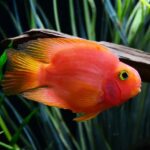
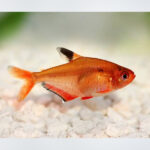
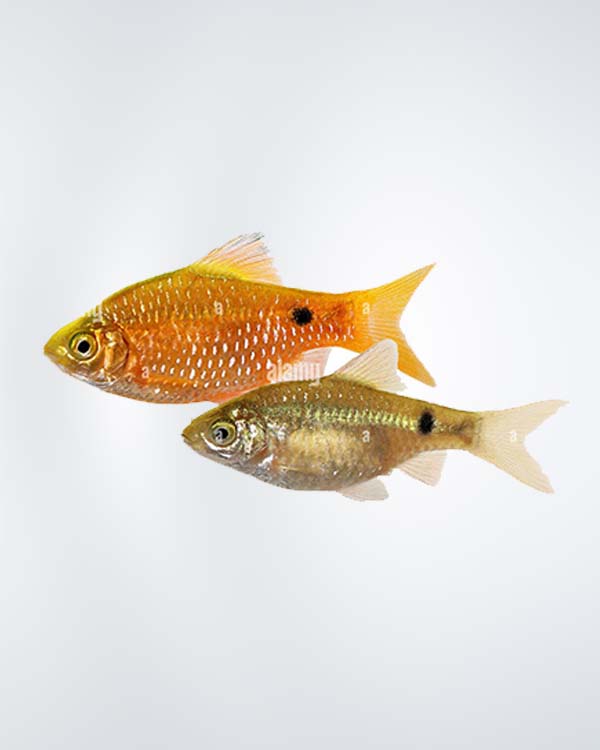

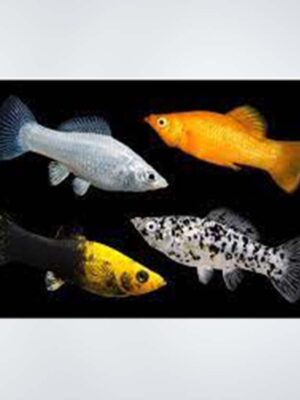
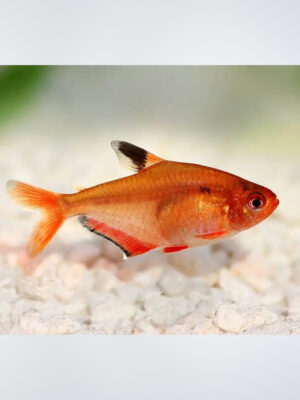
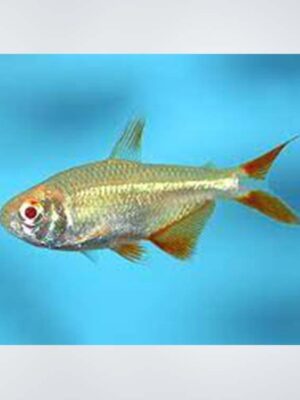

Reviews
There are no reviews yet.